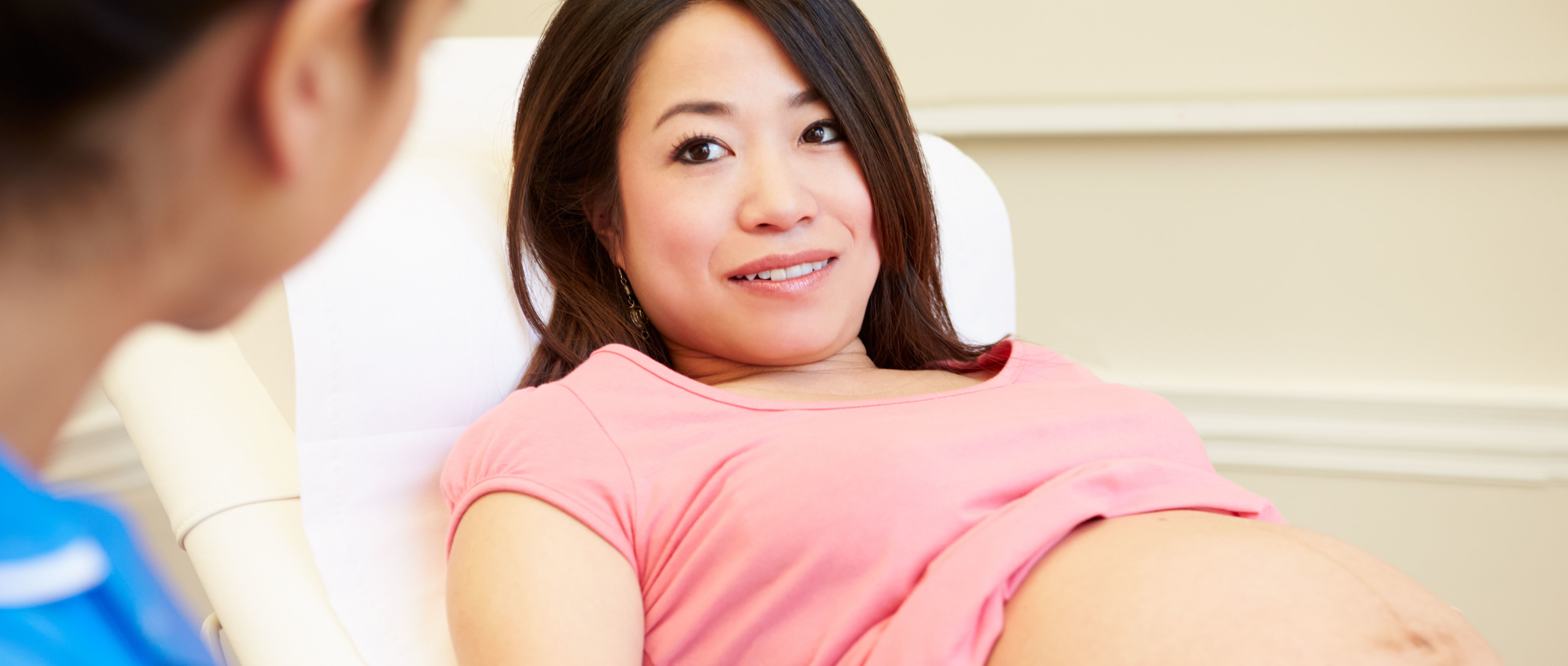Here we look at both natural and medical pain relief in labour that is available to you.
Many of our maternity team are trained to use a range of complementary or alternative therapies to support women in labour or during their pregnancy. The therapies we have selected are those with good scientific evidence that they are beneficial and can also be used safely for pregnancy and / or childbirth.
There is great information here regarding the different pain relief options that are generally available.
Aromatherapy
Aromatherapy and massage have been found to be beneficial in pregnancy for general relaxation, relief of stress, anxiety and tension and to ease conditions such as constipation and headache. It can also help labour to progress and improves women’s satisfaction with their birth experience, however it is important to remember that some oils may not be suitable for use in pregnancy or in the presence of certain medical conditions.
Aromatherapy is available in both Birth Centres and also within the Antenatal and Delivery Suite areas at Tunbridge Wells hospital.
Sterile Water Injections
This treatment is often used for back pain and is popular in the earlier stages of labour. Trained midwives will administer injections of sterile water into the skin layers in the lower back, often feeling like a bee sting initially, but can help to alleviate lower back pain. This can be performed on the birth centres, antenatal ward and delivery suite and can be repeated regularly.
Entonox (Gas and Air)
Entonox or Gas and Air is a pain relief that is taken via a mouthpiece and breathed in. It is a very safe method of pain relief that has no lasting effects. Entonox can make you feel slightly dizzy and lightheaded and some people can feel sick whilst using it, but the effects are very short lasting. Gas and Air is available at home, in the birth centres and hospital and is usually recommended when you are in active labour.
Pethidine
Pethidine is an injection that goes into the thigh or buttock to help with the discomfort of contractions. Pethidine is an opioid drug which means that it can also make you feel drowsy or sleepy after it is given. Your midwife will discuss whether it is suitable for you to have Pethidine when discussing your pain relief options. Pethidine passes in very small amounts through the placenta so your baby will also be slightly affected by the drug but this very rarely causes any problems. Pethidine can be used in early and active labour and is available at the birth centre and hospital.
Epidural
Epidurals are only offered on the Delivery Suite, usually once you are in active labour. An epidural is the most effective form of pain relief for labour and is carried out by an anaesthetist. For an epidural, an anaesthetist puts a needle in the lower part of your back and uses it to place a thin plastic tube (epidural catheter). The needle is removed and the tube left in place next to the nerves in your back. Medication (local anaesthetic) is given through the tube to provide pain relief throughout your labour. You will be given a button to control when you top-up the pain relieving medication. It can take around 20 minutes to set up and 20 minutes to start working. You will need to have a drip placed in an arm and may need continuous monitoring of the baby’s heart rate. At MTW we use a mobile (low dose) epidural, which aims to give excellent pain relief while allowing you to walk and have an active birth. Please visit Labour Pains for more information.
Remifentanil
This is a short acting morphine-like drug which has been shown to reduce pain during labour. It works very quickly and wears off very quickly. It is started by an anaesthetist as a second option for women that cannot have an epidural. It is given by a pump directly into a vein through a cannula (drip) in your arm. You control when each dose of pain-killer is given by pressing a hand-held button. The pain relieving effect is usually felt in 20 to 30 seconds, and wears off again within a few minutes. It can only be given on the delivery suite as occasionally it can slow your breathing. The oxygen levels in your blood are monitored by a peg on your finger and sometimes extra oxygen is given by a facemask. There is a safety feature built into the pump so only safe amount of the drug is delivered.
Please click here for a handy pain relief comparison chart.

